Women’s Working Lives in East Asia
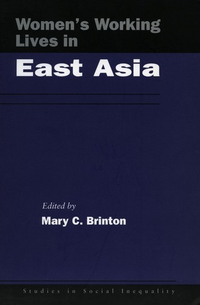
Summary
One of the most dramatic economic changes of the past century has been the increase in married women’s work outside the home. This volume examines the nature of married women’s participation in the economies of three East Asian countries―Japan, Taiwan, and South Korea. In addition to asking what is similar or different about women’s economic participation in this region of the world compared to Western societies, the book also asks how women’s work patterns vary across the three countries. The essays focus on key theoretical questions for the study of women’s labor and, more broadly, economic gender inequality. How do we assess the “value” of work available to married women in different countries and cultural contexts? What forces promote or hinder women’s work outside the home throughout marriage and childrearing? Does wage employment necessarily benefit women more than the “informal” sector (e.g., family-run businesses)? Is full-time work always more desirable than part-time work? Do women who return to the labor force after absences due to family responsibilities incur a heavy wage penalty for interrupted careers? The essays balance comparative assessments in a broad East Asian context with detailed investigations of one or more questions in the context of a specific country. The studies reveal that, although all three countries share common cultural and demographic conditions, patterns of women’s economic participation are distinctly different in Taiwan from those in Japan and South Korea. Whereas women’s participation in Taiwan’s economy shows striking similarities to many Western countries, married women in Japan and Korea participate less in the economy, and their earnings differ more from men’s than in Taiwan or the West. Why is Taiwan more similar to the West while Japan and South Korea are more similar to each other? The book draws on a broad range of materials to explain this puzzle. One of the explanations advanced is that overall labor demand, a greater supply of highly educated men, and more rigid work conditions (especially in large firms) in Japan and South Korea are major obstacles to the equal economic participation of married women in those countries. Also, the greater flexibility in work demands and work hours prevalent in Taiwan is complemented by relatively weaker patriarchal values in the family.
Similar Books
-
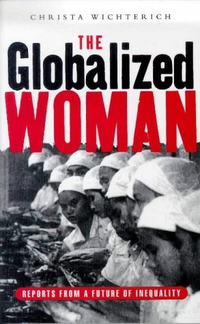 The Globalized Woman: Reports from a Future of Inequality
The Globalized Woman: Reports from a Future of Inequalityby Christa Wichterich
-
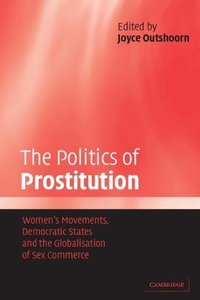
-
 Female Sex Trafficking in Asia: The Resilience of Patriarchy in a Changing World
Female Sex Trafficking in Asia: The Resilience of Patriarchy in a Changing Worldby Vidyamali Samarasinghe
-
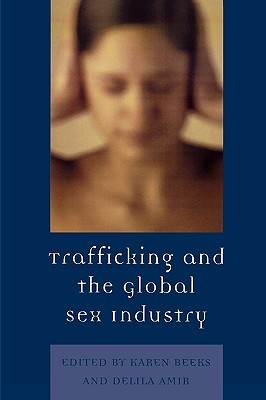
-
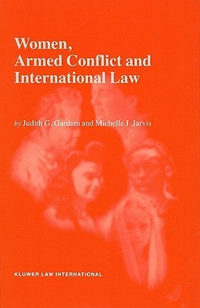 Women, Armed Conflict, and International Law
Women, Armed Conflict, and International Lawby J. G. Gardam M. J. Jarvis Judith Gail Gardam
-
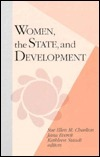 Women, the State, and Development
Women, the State, and Developmentby Sue Ellen M. Charlton
-

-

-
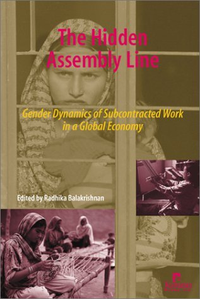 The Hidden Assembly Line: Gender Dynamics of Subcontracted Work in a Global Economy
The Hidden Assembly Line: Gender Dynamics of Subcontracted Work in a Global Economyby Radhika Balakrishnan
-
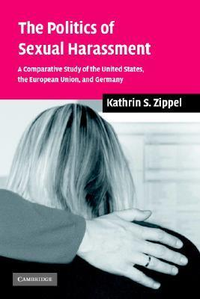
-
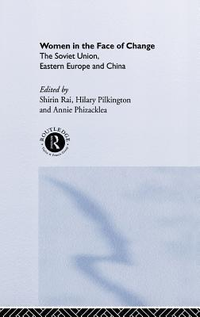 Women in the Face of Change: Soviet Union, Eastern Europe and China
Women in the Face of Change: Soviet Union, Eastern Europe and Chinaby Annie Phizacklea
-
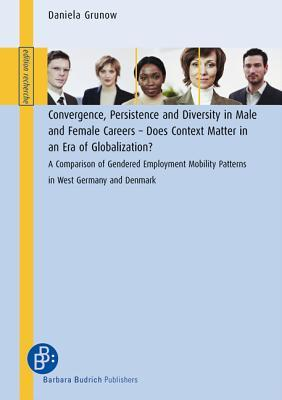
-
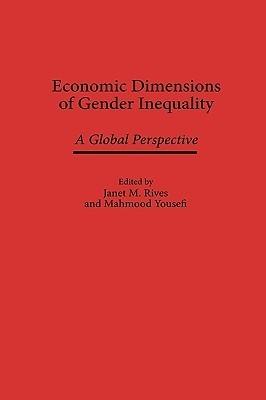 Economic Dimensions of Gender Inequality: A Global Perspective
Economic Dimensions of Gender Inequality: A Global Perspectiveby Janet M. Rives
-
 Women and Political Change: Perspectives from East-Central Europe : Selected Papers from the Fifth World Congress of Central and East European Studies, Warsaw, 1995
Women and Political Change: Perspectives from East-Central Europe : Selected Papers from the Fifth World Congress of Central and East European Studies, Warsaw, 1995by pol World Congress for Central and East European Studies 1995 Warsaw
-
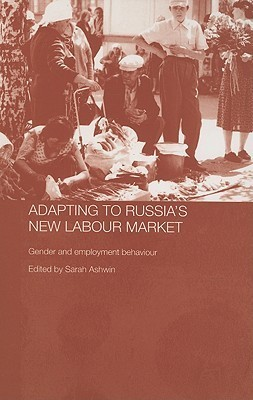
-
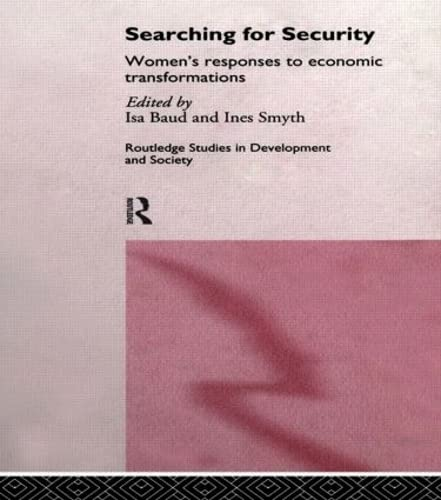
-
 Careers of Couples in Contemporary Society: From Male Breadwinner to Dual-Earner Families
Careers of Couples in Contemporary Society: From Male Breadwinner to Dual-Earner Familiesby Hans-Peter Blossfeld
-
 Globalization, Uncertainty and Women’s Careers: An International Comparison
Globalization, Uncertainty and Women’s Careers: An International Comparisonby Hans-Peter Blossfeld
-
 WOMEN AND MARKET SOCIETIES: Crisis and Opportunity
WOMEN AND MARKET SOCIETIES: Crisis and Opportunityby Barbara Einhorn
-
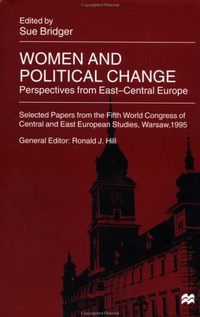
-
 Women and Recession
Women and Recessionby Jill Rubery
-
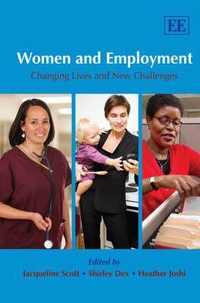 Women and Employment: Changing Lives and New Challenges
Women and Employment: Changing Lives and New Challengesby Jacqueline Scott
-
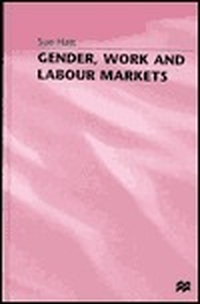 Gender, Work and Labour Markets
Gender, Work and Labour Marketsby Sue Hatt
-
 Women and Population Dynamics: Perspectives from Asian Countries
Women and Population Dynamics: Perspectives from Asian Countriesby Kuttan Mahadevan
-
 Women and European Employment
Women and European Employmentby Colette Fagan
-
 Changing Life Patterns in Western Industrial Societies (Volume 8)
Changing Life Patterns in Western Industrial Societies (Volume 8)by Janet Zollinger Giele
-
 Economic Consequences of Divorce: The International Perspective
Economic Consequences of Divorce: The International Perspectiveby Mavis Maclean